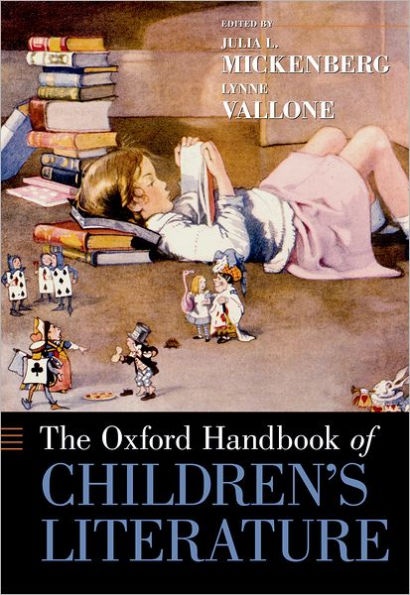5
1
9780199938551



The Oxford Handbook of Children's Literature available in Paperback

The Oxford Handbook of Children's Literature
- ISBN-10:
- 0199938555
- ISBN-13:
- 9780199938551
- Pub. Date:
- 11/01/2012
- Publisher:
- Oxford University Press
- ISBN-10:
- 0199938555
- ISBN-13:
- 9780199938551
- Pub. Date:
- 11/01/2012
- Publisher:
- Oxford University Press

The Oxford Handbook of Children's Literature
$66.0
Current price is , Original price is $66.0. You
66.0
In Stock

Product Details
| ISBN-13: | 9780199938551 |
|---|---|
| Publisher: | Oxford University Press |
| Publication date: | 11/01/2012 |
| Series: | Oxford Handbooks |
| Edition description: | Reprint |
| Pages: | 602 |
| Sales rank: | 924,013 |
| Product dimensions: | 6.80(w) x 9.70(h) x 5.30(d) |
About the Author
From the B&N Reads Blog
